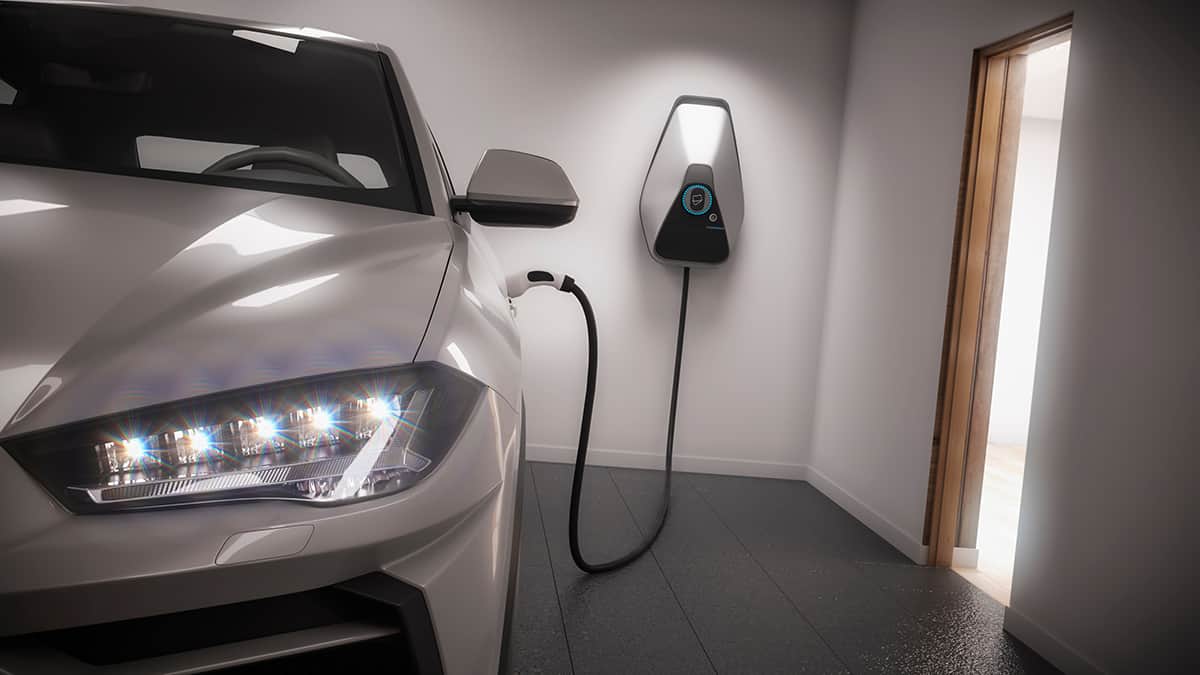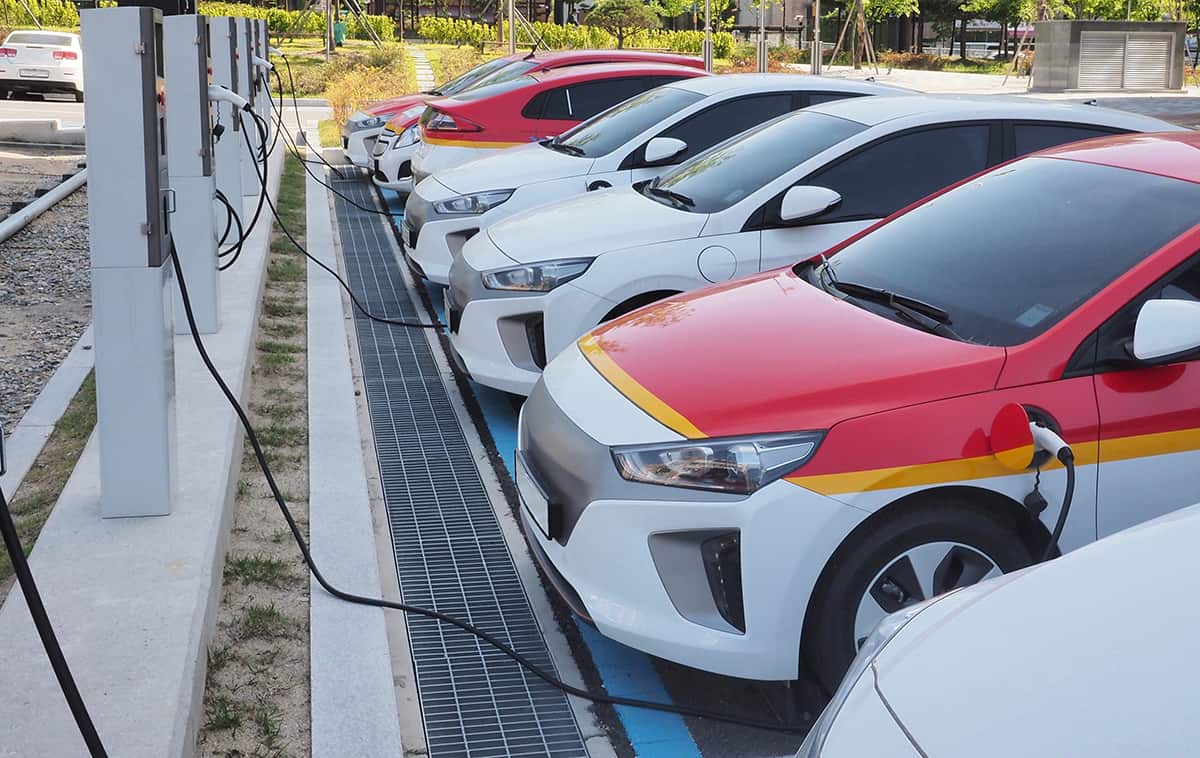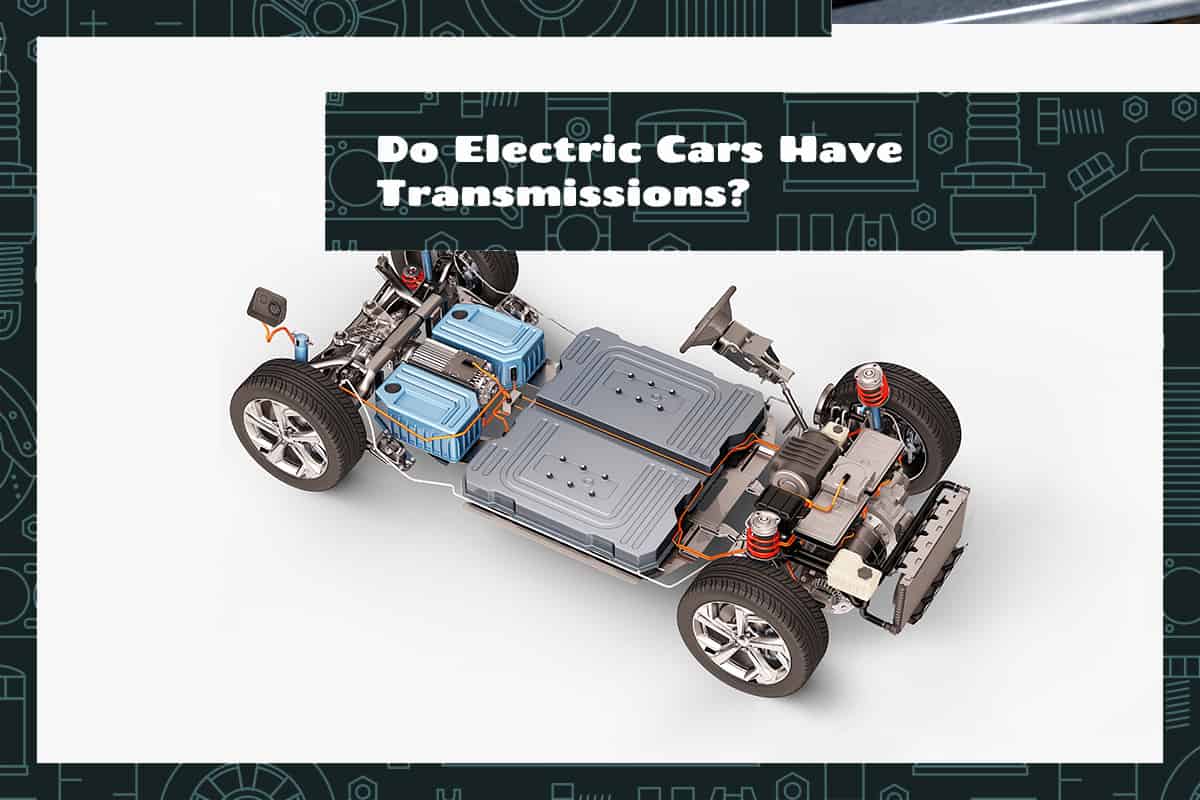The world of automobiles is rapidly changing, with electric vehicles (EVs) taking center stage. They promise to revolutionize transportation with their potential for greater energy efficiency, sustainability, and a unique driving experience. A huge part of this conversation, often shrouded in misconception and debate, is whether electric cars have transmissions like their conventional counterparts.
Electric cars do have transmissions, but not in the traditional sense. Unlike conventional cars that use multi-speed transmissions, most electric vehicles utilize a single-speed transmission or direct drive. This mechanism simplifies power delivery, increasing efficiency and reducing maintenance needs.
This article will go through the complexities and uniqueness of transmissions in electric vehicles.
What is Unique about Electric Vehicles?

EVs, a groundbreaking revolution in the automobile industry, are fundamentally different from their internal combustion engine (ICE) counterparts. While ICE vehicles rely on gasoline or diesel, EVs use electricity stored in batteries for propulsion. But the changes go beyond fuel. One of the most significant differences lies in the drivetrain, the system that transfers the engine’s power to the wheels.
The Electric Vehicle Drivetrain Explained
In an EV, the drivetrain consists primarily of the electric motor and the transmission system. Here’s a basic rundown of how these components work together:
- Electric Motor: An EV’s motor converts electrical energy from the batteries into mechanical energy. Unlike an ICE, which has to build up power through increasing RPMs, an electric motor delivers maximum torque instantly, ensuring swift acceleration from a standstill. There are two main types of electric motors used in EVs: AC induction motors (like those in Tesla vehicles) and permanent magnet motors.
- Transmission System: In most electric cars, the transmission system is simplified to a single-speed gearbox. This is because electric motors can operate efficiently over a wide range of speeds, eliminating the need for multi-speed transmissions commonly found in ICE vehicles.
- Power Electronics Controller: This component controls the flow of electrical power to the motor, adjusting speed, torque, and other factors. It effectively functions like the throttle in a conventional car.
- Battery Pack: The heart of an electric car is its battery pack. This is where the electric energy that powers the vehicle is stored. It’s recharged through regenerative braking (converting kinetic energy back to electrical energy) and plugging into an external power source.
The Role of Transmissions in Electric Vehicles
Unlike conventional cars that require multi-speed transmissions to operate within an efficient RPM range, EVs primarily use a single-speed transmission or direct drive system. This simplified system is possible due to the unique characteristics of electric motors.
An electric motor can generate maximum torque immediately, even from a standstill, and it maintains a high efficiency over a wide RPM range. This means it can handle both low-speed and high-speed driving without the need for multiple gears to adjust engine output.
The single-speed transmission or direct drive in an EV connects the motor directly to the car’s wheels. In this setup, the motor spins at a ratio in relation to wheel speed, which is often set so that the motor doesn’t exceed its maximum RPM at the vehicle’s top speed. This simple transmission system improves the overall efficiency of EVs, reducing both energy losses and maintenance needs.
Transitioning from Traditional to Electric: What Changes for the Driver?
Transitioning from a conventional ICE vehicle to an EV involves more than just skipping trips to the gas station. It’s a shift in the driving experience, primarily due to the fundamental differences between ICEs and electric motors, including the role of transmissions in each vehicle type.
Smooth and Seamless
In a conventional car, you feel the gear shifts as you accelerate, even with an automatic transmission. In an electric vehicle, however, the single-speed transmission or direct drive provides a seamless driving experience. With no gears to shift, acceleration is smooth and continuous, which many drivers find enjoyable and more responsive.
Instant Torque and Regenerative Braking
The performance characteristics of EVs can be a pleasant surprise for new drivers. The electric motor’s ability to deliver maximum torque from a standstill leads to impressive acceleration, a feature not commonly found in conventional cars of a similar price range.
Another notable change is regenerative braking. When you lift your foot off the accelerator in an EV, the electric motor runs in reverse, generating electricity and slowing the vehicle down. This regenerative braking can be a little startling at first, but once accustomed to it, drivers often find they use the traditional brakes less, increasing the vehicle’s overall efficiency.
A Quieter Ride
Electric vehicles are noticeably quieter than their ICE counterparts. Without a combustion engine, there’s no engine noise, which makes for a quieter cabin. This can enhance the comfort of your ride, although it might take some getting used to.
Charging Instead of Refueling
One of the most significant changes for drivers is the shift from refueling to recharging. Instead of frequent trips to the gas station, you can often charge your vehicle at home or at a charging station. Planning long trips may require some extra consideration to ensure you can access charging stations along the route.
Simplified Servicing
The simpler drivetrain in EVs leads to fewer maintenance requirements. There’s no engine oil to change, no spark plugs to replace, and the regenerative braking system reduces wear on the brakes. However, EVs do have their unique maintenance needs, such as battery health checks and electric system diagnostics, so it’s not entirely maintenance-free.
Adapting to the Eco-Mode
Many EVs come with an “Eco-mode,” which adjusts the vehicle’s settings to maximize efficiency. This can involve reducing acceleration response or limiting top speed, which may feel different for drivers used to conventional cars. While optional, using the Eco-mode can significantly increase your vehicle’s range.
Variations Among Electric Vehicles

While the single-speed transmission or direct drive is the standard in most EVs, there are exceptions. Different manufacturers approach the concept of transmission in varying ways, leading to some fascinating innovations and variations in the electric vehicle market.
Direct Drive Electric Vehicles: The Case of Tesla
Tesla, a pioneer and major player in the EV market, uses a direct drive mechanism in its vehicles. The electric motor connects directly to the wheels without the need for a traditional transmission.
This direct connection allows the motor to spin the wheels directly, without the need for gears to adjust speed or torque. As a result, Tesla’s EVs offer impressive acceleration and smooth, uninterrupted power delivery. Moreover, Tesla’s use of AC induction motors, which don’t require rare-earth metals, is a unique strategy that sets them apart from other manufacturers who primarily use permanent magnet motors.
The direct drive approach simplifies the drivetrain, leading to less wear and tear, reduced maintenance needs, and increased efficiency. This is a crucial factor in Tesla’s success in delivering electric cars with a high range on a single charge.
Multi-Speed Transmissions in Electric Cars: The Case of Rimac
While most EV manufacturers opt for single-speed transmissions, some high-performance electric car makers, like Rimac Automobili, use multi-speed gearboxes. The 2023 Rimac Nevera, for example, features a one-speed gearbox on each of its wheels.
This deviation from the norm is to accommodate the car’s incredible performance capabilities. The two-speed transmission allows for staggering acceleration at low speeds while ensuring the car can still achieve high top speeds efficiently.
A multi-speed transmission in an EV provides a wider spread of gear ratios. The lower gear can provide faster acceleration, while the higher gear can offer higher top speed. However, it’s worth noting that this approach adds complexity to the drivetrain, potentially increasing maintenance requirements and reducing overall energy efficiency.







